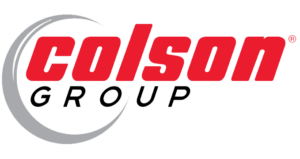
Why Are Ergonomic Casters Important
UncategorizedA lot of people don’t think twice about the kind of casters they use as long as they work. However, ergonomics is crucial to many caster and wheel applications. By utilizing ergonomic casters, your business, your workers, and your wallet can…

What are Robotic Casters?
UncategorizedWhether we realize it or not, robotics have a massive impact on our day-to-day lives; from industrial robots that aid in production and manufacturing to automatic, self-guided vacuums and other smaller robots that assist with at-home tasks.…






